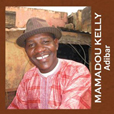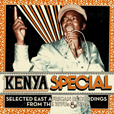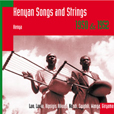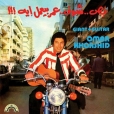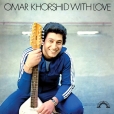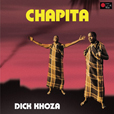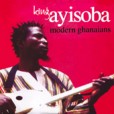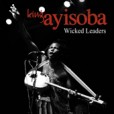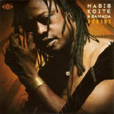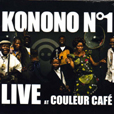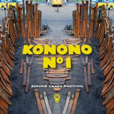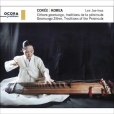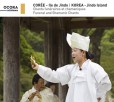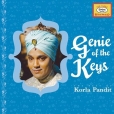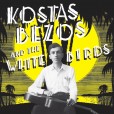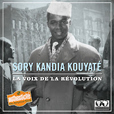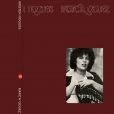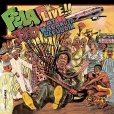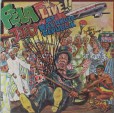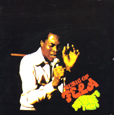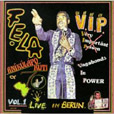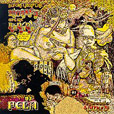Your basket is empty

Kikuyu ‘liquid soul’, Luo benga with its rat-tat-tat beat and layered guitars, Swahili afrobeat, Congolese rumba, plus influences from SA and Zambia, disco and funk, coastal rhythms like chakacha. Mostly from 45s.
Luo, Luhya, Kipsigis, Kikuyu, Nandi, Swahili, Wanga and Giriama tribes. Choirs and songs with string accompaniment on guitar, oud, mostly lyres — like the thum, with eight strings, made of cow-tendons.
Fat, glorious mid-seventies South African afro-jazz classic from the vaults of As-shams.
King Ayisoba is a star in Ghana. His kologo-playing is both melodic and percussive. With his producer Panji Anoff he changed the Accra music scene by using traditional instruments together with the beats, bleeps and bass drawn from hip-hop and dancehall by the local, mid-90s ‘hip life’ scene.
‘King Ayisoba’s Modern Ghanaians is the fastest selling cassette by an artist from the northern part of Ghana. The album’s popularity started in Bolgatanga where the artist is from, but has spread through the other regions like harmattann bushfire’ (Ghana Gazette, 2007).
‘The geomungo is a six-string zither with sixteen frets. The resonating board is made of paulownia wood. Its origins trace back to the ancient kingdom of Goguryeo (37 BCE to 668 CE), which dominated the territory of present-day North Korea and a large part of Manchuria.
‘The geomungo makes dramatic sounds, through the friction created by the plectrum striking the strings, or the rustling created by subtle movements of the left hand over the strings.
‘Here Lee Jae-hwa performs the suites Geomungo Hoesang and Geomungo Sanjo, in the respective styles of the south and north of the Korean peninsula: distinct forms, techniques and rhythms, with a shared subtlety, sensitivity and emotional power.’
The unlikely Hawaiian-influenced Xabagies music of 1930s Greece: surrealist guitar portraits blurring Athens and Honolulu, haunting tropical serenades, wild acoustic orchestras, and heartbreaking steel guitar duets. With a 28-page booklet.
The Celtic harpist leading a dozen friends — guitar, piano, violins, flutes, zarb, zither — in spell-binding departures from Breton folk-song, originally released in 1976 but fresh and strange as a vermillion hydrangea in full bloom.
Noguès was to collaborate with Rabih Abou-Khalil, amongst others, but ‘we are reminded here of the Meredith Monk of Greensleeves, there the early albums of Brigitte Fontaine / Areski, elsewhere Emmanuelle Parrenin, Pascal Comelade… Noguès’ poetry is ever-changing: airy (Hunvre), cosmopolitan (Pinvidik Eo Va C’hemener), enigmatic (Ar Bugel Koar), profound (Ar Gemenerez), enchanting (Hirness An Devezhiou). And then there is Marc’h Gouez itself, between nursery rhyme and chamber music, weaving a fabulous, transfixing web. “Brittany equals poetry,” said André… Breton; and Kristen Noguès proves it to be true.’
Lovely stuff; dream-like, captivating; quite different. Check it out.
Aka J.J.D. (Johnny Just Drop).
‘Recorded in autumn 1976, six months before the army attack on Kalakuta Republic, this is a lampoon of ‘been-to’ Nigerians, who had been to Europe or the US and returned with an inferiority complex about African culture. Ghariokwu Lemi’s front-cover portrays a suited-up been-to, dressed like a cartoon British toff, as he parachutes into a Lagos street to the bemusement of passers-by. The back cover shows a more funkily dressed been-to, wearing US-style ghetto-chic, but looking equally out of place. See how these JJD’s dress and talk, sings Fela, they are trying to be foreigners. In response, the chorus repeats the single word ‘original’, invoking Fela’s closing line on Gentleman: ‘I no be gentleman at all-o, I be Africa man, original.’‘
‘Welcome to the Kalakuta Republic — havin’ a ball.’ Buy this for the wonderful JJD, 23 minutes live and direct, with all the cogs of the Africa 70 band well-oiled and whirring together.
From 1972, Roforofo Fight is a classic — together with Shakara one of Afrika Bambaataa’s favourites from back in the day — and appears here with rare singles.
